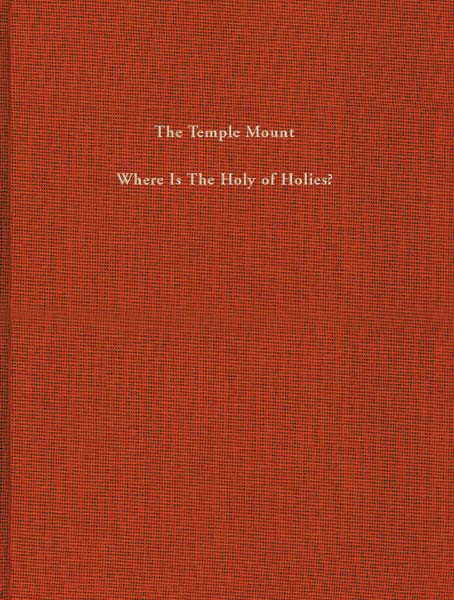
There is no site holier for the Jewish people than Jerusalem’s Temple Mount, on which the Biblical and Second Temple period Temples stood. Yet nobody really knows what these Temples looked like or where exactly they stood. While extensive archaeological remains have been found from the Temple Mount area, it is generally accepted that that no significant material remains have survived from these Temples.
Lack of information, however, does not necessarily result in lack of reconstructions or in attempts to pinpoint the location of the Temple and its components. The intrinsic holiness of the Temple for Jews, and even for Christians, ignited religious imaginations and architectural fancy with numerous reconstructions throughout the ages. While these reconstructions might be important for the history of art or the history and practice of religion, they do little in terms of providing an historical understanding of the Temple and Temple Mount.
There is, however, a small community of scholars who engage in the scientific study of the Temple Mount and its relevant texts and who seek to provide solutions to the conundrums of building, place and location. Asher Selig Kaufman has long been among the leading scholars of this group.
Already a library member? Log in here.
Institution user? Log in with your IP address.

